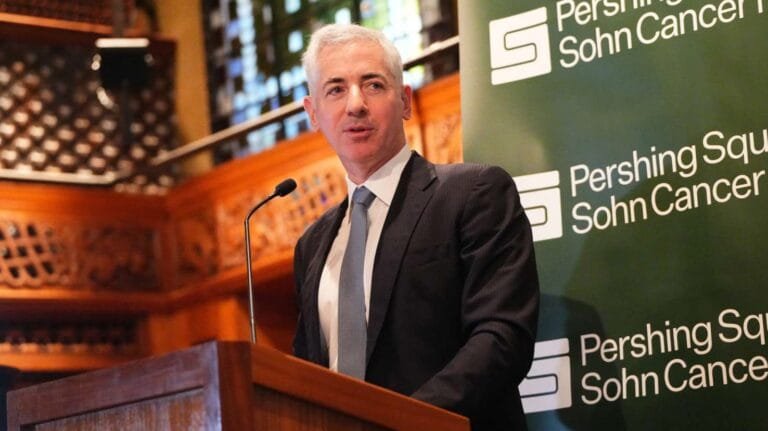
Smoke rises from the UPS Flight 2976 crash site near Louisville International Airport after the MD-11 cargo jet caught fire.
Introduction: A Horrific Accident That Shook Aviation Safety UPS Flight 2976 crash
Louisville, Kentucky. On the evening of November 4, 2025, a routine cargo flight turned into a horrific tragedy. UPS Airlines Flight 2976, operating an MD-11 aircraft, was engulfed in flames shortly after takeoff. The aircraft was en route to Honolulu, Hawaii. Fourteen people died in the crash. Three pilots were on board the aircraft. The other eleven were working on the ground. Two commercial buildings were destroyed. This accident is a major blow to the aviation industry. Despite this, the Federal Aviation Administration (FAA) acted swiftly. They grounded all MD-11 aircraft flights, a decision that came after a safety review. Companies like UPS and FedEx grounded their fleets, and the National Transportation Safety Board (NTSB) is investigating.
Timeline of the Accident: What Happened, When It Happened
Everything happened very quickly. At 5:15 PM Eastern Standard Time, UPS Flight 2976 attempted to take off from Louisville Muhammad Ali International Airport. The aircraft was an MD-11 model, registration number N259UP. It was manufactured in 1991, making it 34 years old. The takeoff roll appeared normal. The crew called for thrust. 37 seconds later, a bell rang in the cockpit. It was a repeating bell. The pilots heard it and tried to control the aircraft. The bell continued to ring for the next 25 seconds. The aircraft only managed to climb about 100 feet off the ground before the left engine and pylon suddenly separated. The left wing caught fire. The aircraft crashed off the runway into a Louisville neighborhood. Two commercial buildings were located there. They were destroyed in the explosion. Flames shot into the sky. Smoke was visible miles away.
Heartbreaking stories of the victims.
These aren’t just numbers. Every death is a story. There were three pilots on the plane: the captain, first officer, and second officer. Their names are still being withheld. UPS promised to support the families, yet 11 people on the ground were killed. They worked in local businesses. One was a waitress at a cafe. Another a warehouse worker. The crash incinerated their dreams, and two buildings were completely destroyed. The surrounding community is in shock. Children are frightened.
Parents are sleepless, along with nine missing people. Their families visit the site, hoping. But the wreckage is burned. Identification is difficult. DNA tests are underway. The NTSB and local authorities are working together on this accident that has shaken Louisville. This city is UPS’s global hub. More than 20,000 people work here. 300 flights daily. 400,000 packages sorted per hour. Now everyone is on alert. Security protocols have been tightened, and candlelight vigils were held in memory of the victims. The community has come together to offer support. Donations have poured in. Counseling sessions are being held. The pain won’t go away, but there is strength in unity.
The investigation journey: What the NTSB is looking for.
The NTSB is leading the investigation. Their code is DCA26MA024. They are checking the flight data recorder (FDR), listening to the cockpit voice recorder (CVR), and examining engine parts. The left engine pylon was found attached to the engine. The remaining pieces were scattered in the grass. Why the alarm sounded is unclear, perhaps an engine fire, but it’s not confirmed. Aborting the takeoff after reaching decision speed was difficult. The pilots had limited options. They fought bravely, but the aircraft went out of control. Despite recent maintenance, it had been in San Antonio for over a month, until mid-October.
Cracks and corrosion were noted, and there were problems with the fuel tank. But was this the cause of the crash? The investigation will tell, which is being conducted by NTSB teams. They are working in a secure facility, collecting videos, photos, and witness statements. Boeing is also assisting; they own the MD-11 design, even after the merger with McDonnell Douglas in 1997. The investigation will still take months. A preliminary report will be released soon, but the final report will take about a year. Only then will the truth emerge. Until then, questions will remain.
Why the FAA grounded flights UPS Flight 2976 crash
The FAA issued an emergency airworthiness directive on Saturday, grounding all MD-11 cargo jets until further inspection. The reason? Left engine detachment. This is a safety risk; continuing flights would be dangerous. This order was prompted by the crash. The FAA followed Boeing’s advice. The inspection involves checking the engine and pylon. Repairs are necessary before flights are permitted again. This isn’t the first time the FAA has taken such steps.
Safety comes first; the lives of passengers and crew must be protected. The same applies to cargo. Despite this, people filmed videos with their phones, shot footage from cars, and security cameras captured the event. These videos went viral on social media, and the NTSB has taken them as evidence. Debris was scattered for half a mile around the crash site. Search teams worked through the night, and by Wednesday night, operations at UPS Worldport had resumed. Air service continued the next day.
Companies’ responses show caution
UPS announced the grounding late Friday night. They have 26 MD-11s, 9% of their fleet. Safety is paramount, they said, protecting employees and the community. FedEx also grounded 28 aircraft, 4% of their fleet, based on the manufacturer’s recommendation. A safety review is underway. Western Global Airlines has 16 MD-11s, 12 of which are in storage. They did not comment. A total of 70 MD-11s are in service with three operators. The grounding will cause cargo delays, but safety is the priority. UPS used alternative plans, but the MD-11 aircraft remained grounded, bringing the death toll to 14 on Friday. Another body was recovered. Nine people are still missing, and their families are waiting. Holding onto a glimmer of hope, this timeline came from the NTSB briefing, as explained by their member Todd Inman, who mentioned the cockpit voice recorder. However, the full transcript will be available months later.
The History of the MD-11: An Old Warrior of UPS Flight 2976 crash
The MD-11 was launched in 1990. Manufactured by McDonnell Douglas. Cargo and passenger versions; 200 aircraft were built. Production ceased in 2000. Boeing acquired ownership. This aircraft is a long-haul, three-engine plane with a range of 7000 miles. Popular in cargo operations; UPS and FedEx use them. But it’s aging, and maintenance is challenging, which is relevant to the crashed plane, built in 1991, with only 28 flights recently. However, there were past maintenance issues and previous accidents, highlighting the weaknesses of the MD-11. The MD-11 doesn’t have a clean safety record. In 2010, a FedEx MD-11 crashed in Tokyo due to a runway overrun. In 2013, there was another engine failure. The NTSB made recommendations, yet these accidents were related to the engine and structure. Now, this new crash reminds us of these issues. The industry has learned lessons, but older planes still pose risks.






Very sad news 😞
You are best News provide 👍🏻 for good wishes ❤️